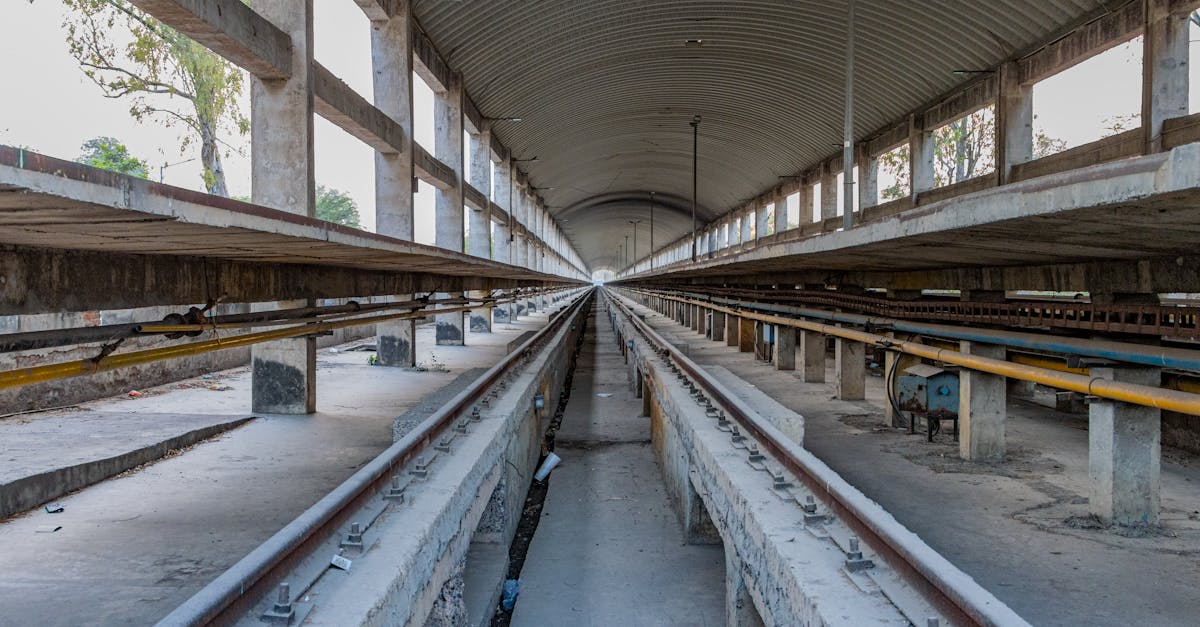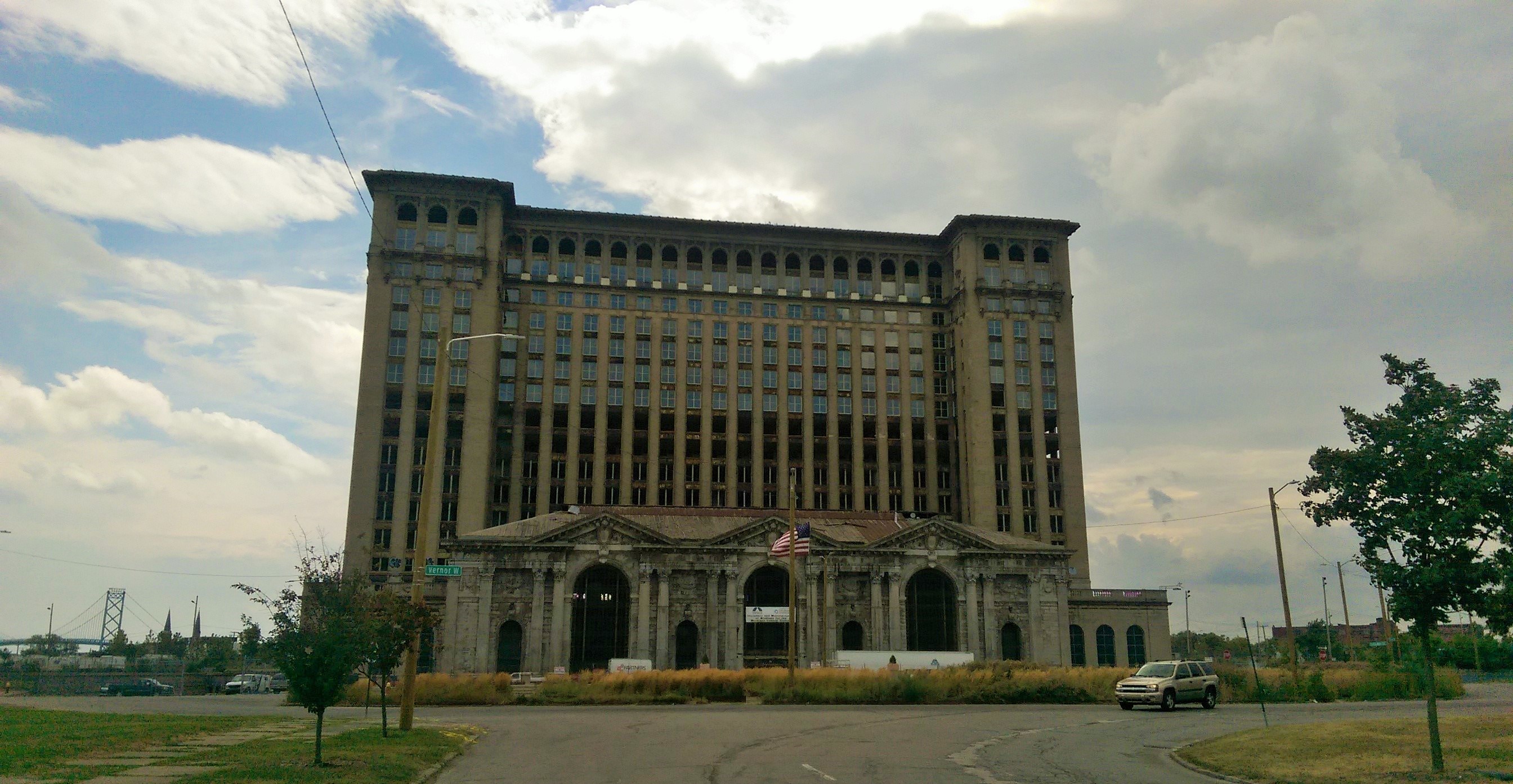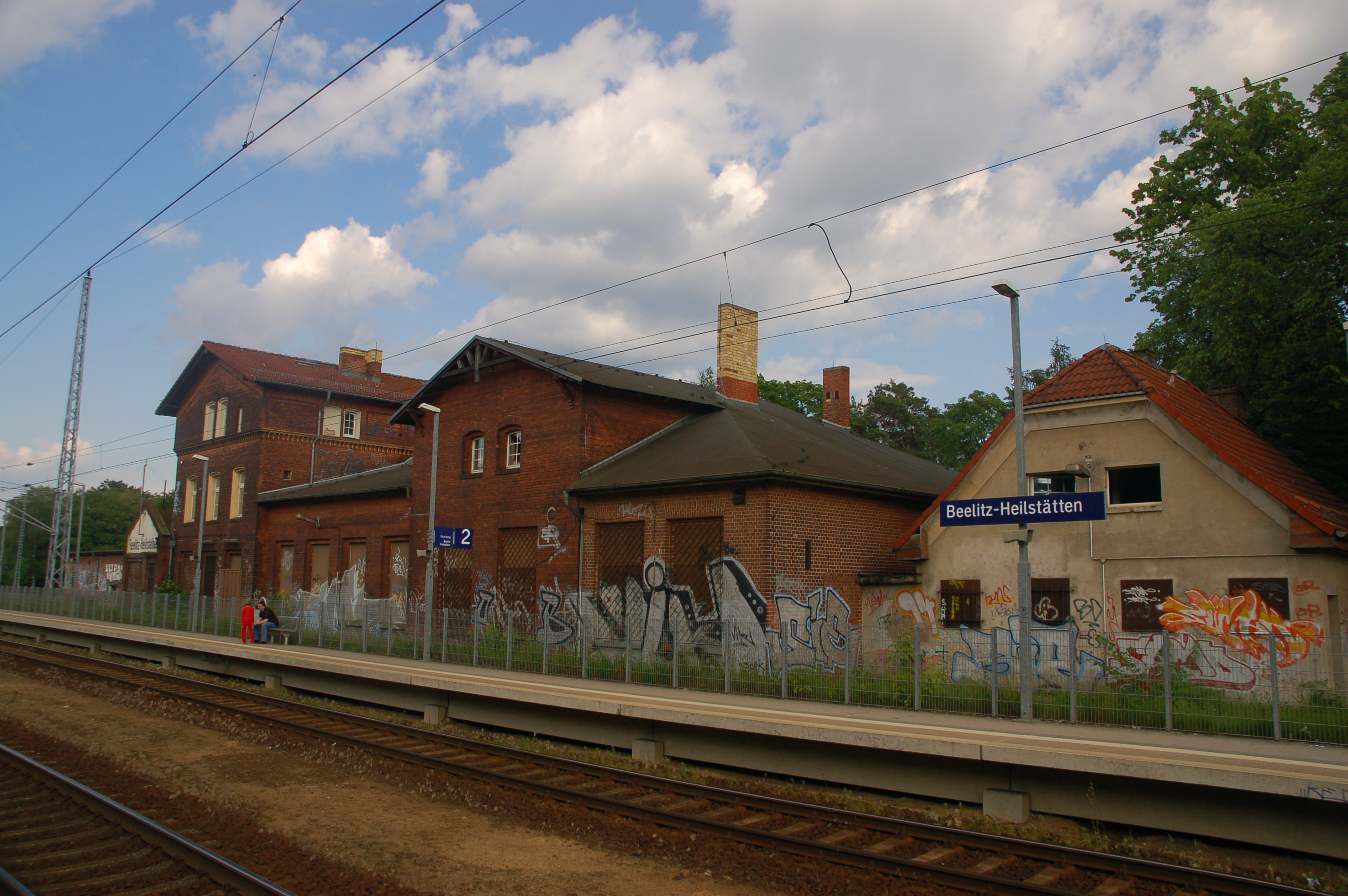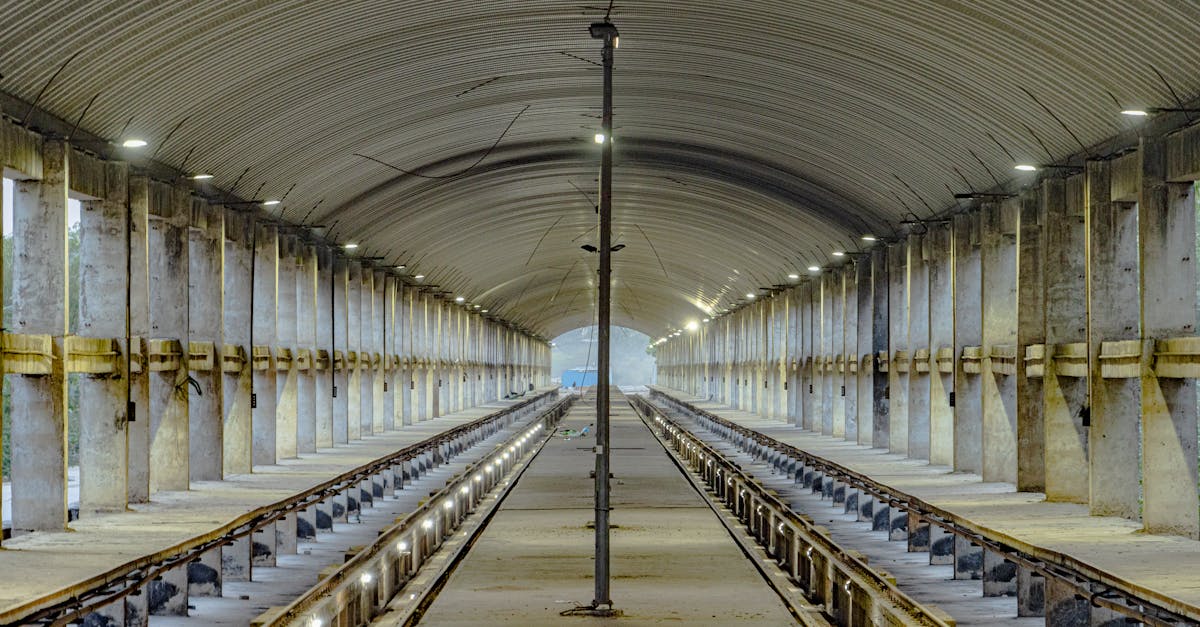Hauntingly Beautiful Train Stations Reclaimed by Nature
In a world where urbanization often overshadows nature, there are certain places where the natural world reclaims its territory, transforming man-made structures into hauntingly beautiful relics. Train stations, once bustling with the energy of travelers and the clamor of locomotives, have become silent witnesses to time's passage in various corners of the globe. These stations, enveloped by nature's embrace, offer a unique glimpse into the dance between human ingenuity and the relentless, transformative power of the natural world. Let's explore these train stations, each with its own story of abandonment and reclamation, showcasing the stunning interplay between decay and beauty.
The Allure of Abandonment: Why Nature Reclaims

Nature's reclamation of abandoned spaces is a testament to its resilience and adaptability. When human activity ceases, nature seizes the opportunity to flourish, often with breathtaking results. The allure of these sites lies in their juxtaposition of decay and rebirth, where rusting metal and crumbling masonry are interwoven with vibrant foliage and creeping vines. This phenomenon is not merely an ecological process but a powerful narrative of nature's ability to heal and transform. The aesthetic appeal of these sites often draws photographers, artists, and explorers, who are captivated by the ethereal beauty that emerges when nature reclaims what was once hers.
The Ghostly Silence of Canfranc International Railway Station

Nestled in the heart of the Pyrenees, the Canfranc International Railway Station in Spain stands as a grand monument to a bygone era. Once the second-largest railway station in Europe, its opulent architecture now lies in quiet disrepair, with nature slowly weaving its tapestry over the once-bustling platforms. The station's haunting silence is punctuated by the rustle of leaves and the distant echo of history. As vines snake through the grand arches and wildflowers bloom between the tracks, Canfranc becomes a poignant reminder of the impermanence of human endeavors and the enduring beauty of nature's reclamation.
The Jungle's Embrace: The Maeklong Railway Market

In Thailand, the Maeklong Railway Market presents a unique fusion of commerce and nature. While still operational, the market's proximity to the railway has allowed nature to subtly reclaim its space. As trains pass through, vendors quickly move their goods, revealing tracks that have become intertwined with the surrounding vegetation. Here, the station is not abandoned but rather a living testament to the coexistence of human life and nature. The lush greenery that frames the market creates an enchanting backdrop, where the rhythm of daily life is harmonized with the gentle encroachment of the natural world.
The Ivy-Covered Ruins of Michigan Central Station

In Detroit, Michigan Central Station stands as a hauntingly beautiful symbol of the city's industrial past. Once a bustling hub of activity, the station now lies dormant, its grand Beaux-Arts architecture slowly succumbing to the elements. Ivy and other resilient plants have claimed the building's façade, weaving a verdant tapestry that softens the starkness of its abandonment. Inside, sunlight filters through broken windows, illuminating the dust and debris with an ethereal glow. This station, with its ivy-covered ruins, serves as a poignant reminder of the cyclical nature of life, where decay gives way to new growth.
The Enchantment of Beelitz-Heilstätten Station

The Beelitz-Heilstätten Station in Germany, once part of a sprawling sanatorium complex, now stands as a hauntingly beautiful ruin. Surrounded by dense forest, the station has been overtaken by nature, with trees growing through the platforms and moss carpeting the floors. The station's eerie beauty is accentuated by the mist that often shrouds the area, creating an atmosphere of mystery and intrigue. As nature reclaims the station, it transforms the space into a living artwork, where the interplay of light and shadow highlights the delicate balance between decay and renewal.
The Overgrown Beauty of Klevan's Tunnel of Love

In Ukraine, the Tunnel of Love in Klevan is a stunning example of nature's artistry. Originally a railway line, the tunnel has been transformed into a verdant passageway, with trees arching over the tracks to create a natural canopy. This enchanting site is a testament to nature's ability to reclaim and beautify human-made structures. The tunnel's lush greenery and serene ambiance have made it a popular destination for couples and photographers seeking to capture its otherworldly beauty. Here, the line between human creation and natural wonder blurs, offering a glimpse into the harmonious coexistence of the two.
The Wild Reclamation of the Abandoned Houtouwan Station

On Shengshan Island in China, the abandoned fishing village of Houtouwan, including its train station, has been reclaimed by nature in a dramatic fashion. Once home to a thriving community, the village and its station have been overtaken by lush vegetation, with homes and tracks disappearing beneath a blanket of green. The station's haunting beauty lies in its complete integration with the surrounding landscape, where nature has woven itself into the fabric of the village. This site serves as a powerful reminder of nature's ability to reclaim and transform, creating a living tapestry of life and decay.
The Serene Decay of Abkhazia's Psyrtskha Railway Station

In the politically complex region of Abkhazia, the Psyrtskha Railway Station stands as a serene testament to nature's reclamation. Built during the Soviet era, the station now lies abandoned, with nature slowly enveloping its elegant architecture. The station's picturesque setting, nestled beside a tranquil river and surrounded by lush forest, enhances its haunting beauty. As vines creep over the station's façade and trees grow through the platforms, Psyrtskha becomes a symbol of nature's quiet persistence. This station, with its serene decay, offers a glimpse into the delicate balance between human history and the natural world.
The Timeless Dance of Nature and Architecture

The hauntingly beautiful train stations reclaimed by nature tell a story of resilience and transformation. These sites, where human architecture and the natural world intertwine, offer a unique perspective on the passage of time and the impermanence of human endeavors. As nature reclaims these spaces, it creates a living artwork that captivates the imagination and inspires reflection. The dance between decay and renewal, abandonment and reclamation, serves as a powerful reminder of nature's enduring beauty and the delicate balance between human creations and the natural world. These stations, with their haunting allure, invite us to appreciate the ephemeral beauty of nature's reclamation.








